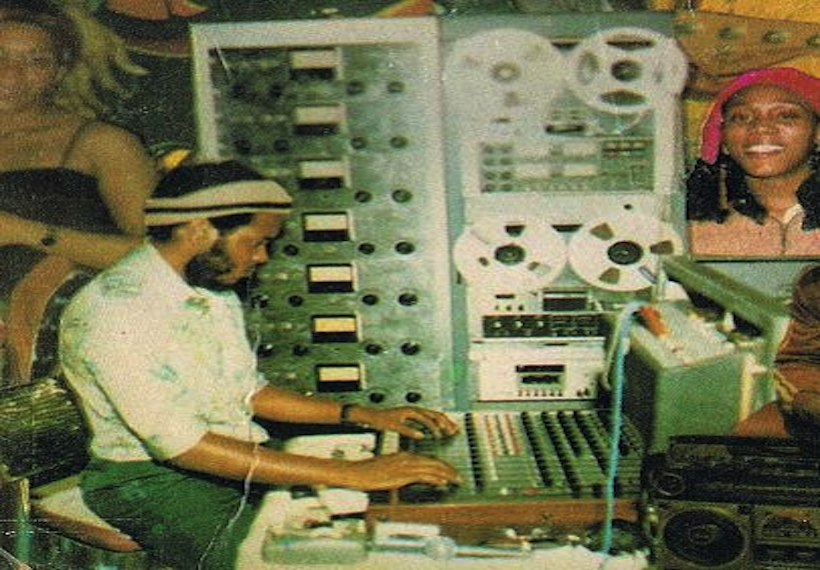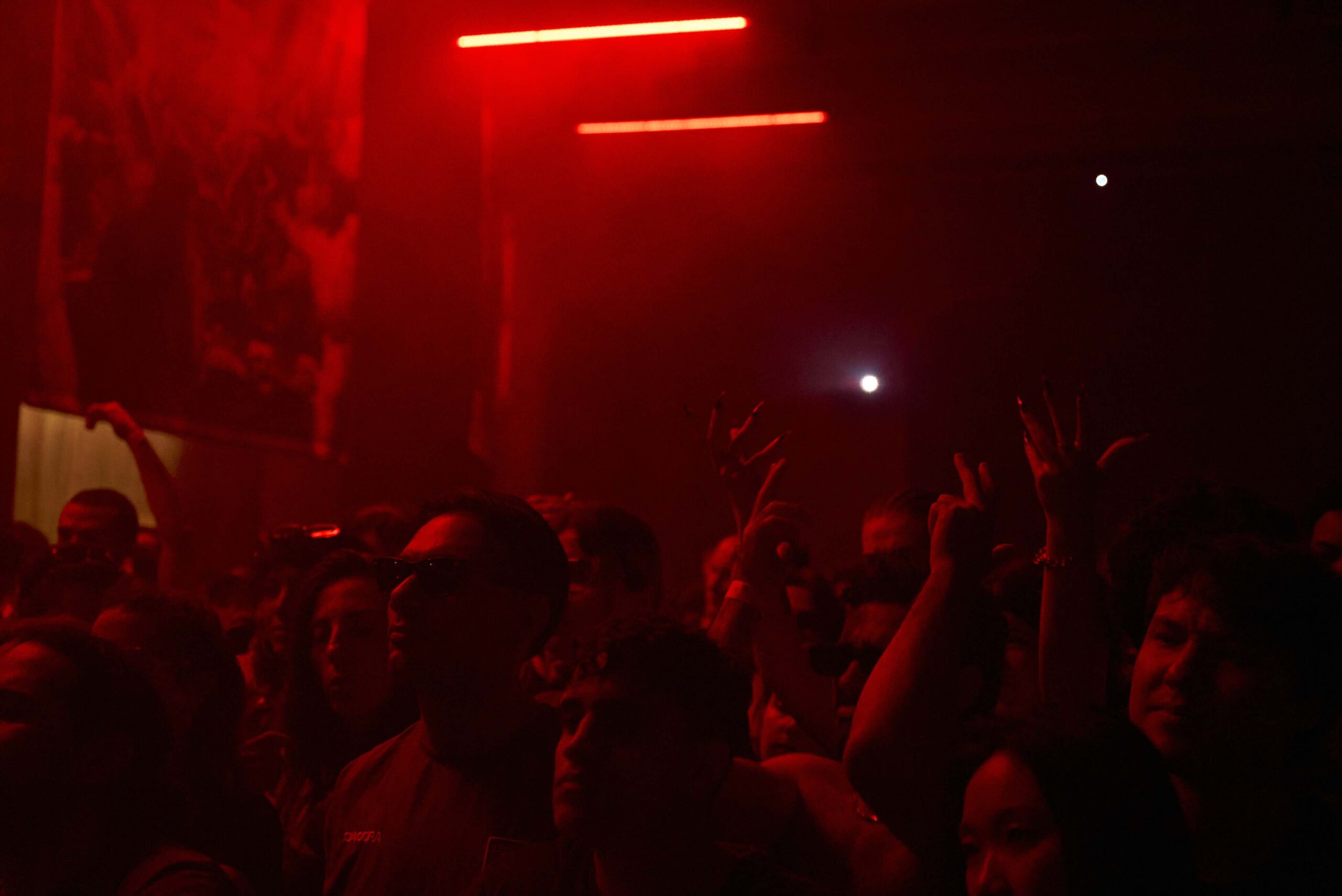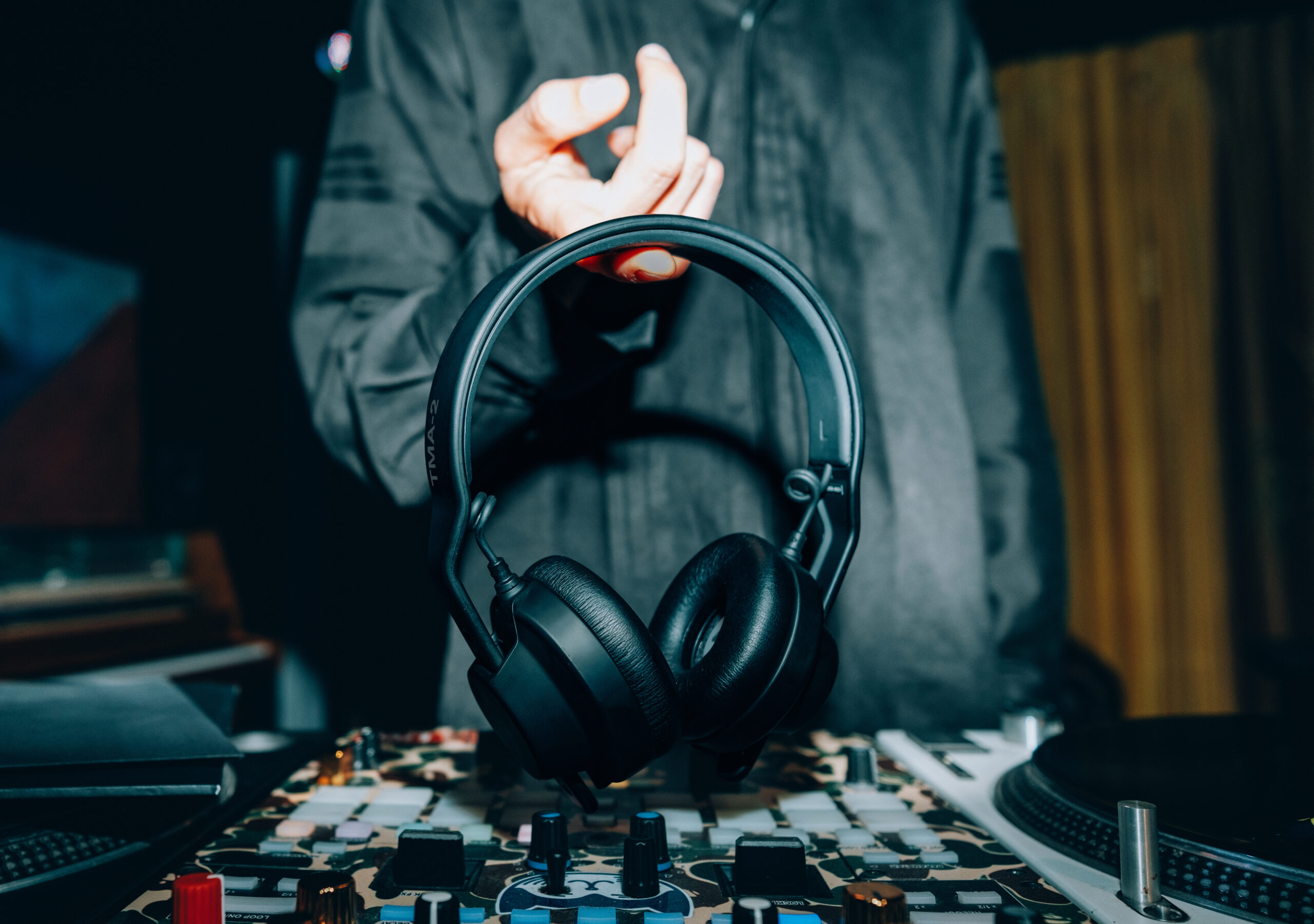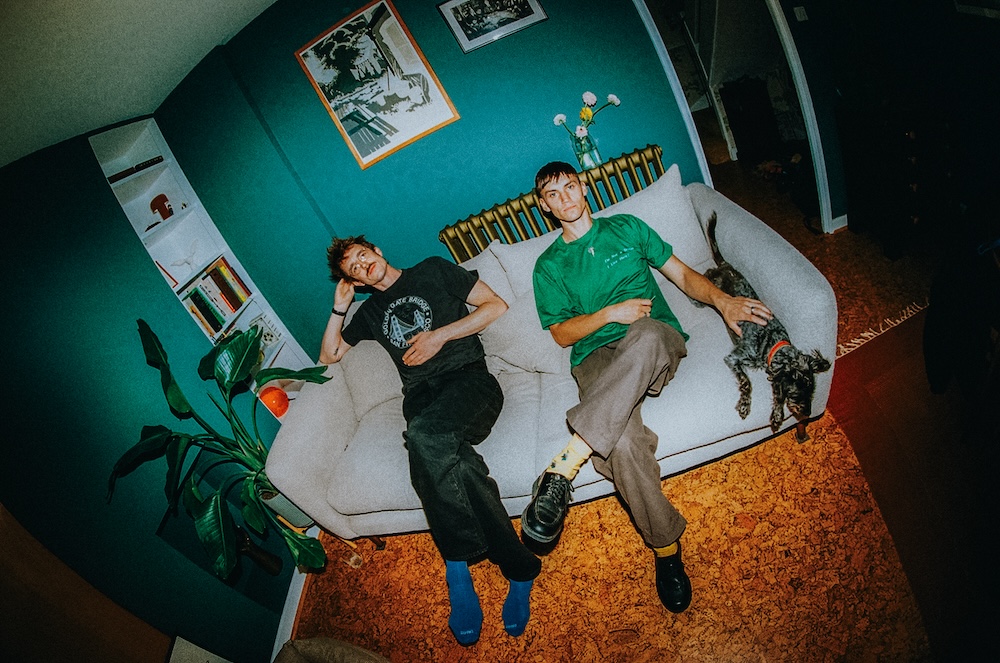The Complete Force: Wackies, A Primer

The peerless, enduring alchemy of Lloyd Bullwackie Barnes has been attributed to economical, analogue production and to the abundance of quality in the expat engineers and session players that surrounded him, but the decisive factors in why Barnes sound continues to enthral seems to be the basic elements of intuition and organic development.

Defined as a school for a coterie which included Douglas Prince Douglas Levy, Clive Hunt, Munchie Jackson, and later, major players like Sugar Minott, Horace Andy and Leroy Sibbles, Wackies House of Music grew out of the bourgeoning sound system culture of 70s New York. DJ-ing ventures in Brooklyn, Queens and the Bronx apparently became fatally rough and oppositional to the spirit of unity and communal enjoyment reggae and sound system culture is often associated with (Barnes has spoken of how after one particular gig he had to pull bullets out of the speakers) As a result Barnes opted to turn his hands to studio production, and purchased premises on White Plains Road in the Bronx. Having previously ran with street gangs (how his nickname was acquired) Barnes formulated his own; one which refined a beguilingly lean, torpid strain of reggae; an unprecedented compound of heavyweight basement-skulk, experimentally spaced effects and imperfect but indelible fidelity, all framed in an ineffably deep texture and often completed (when at its indisputable best) by desolately haunted and heart-sore vocals.
Wackies was like a school – this is why the music was different. It wasnt just coming in to record, and then come out. It was like hanging together, kind of thing.

Although a creative meld of elements, which formed an unprecedented whole, Barnes forebears and influences are suggested and acknowledged by many. Early affiliations with Studio One and Treasure Isle as well as ardency for the more exploratory dub of King Tubby and Lee Perry informed the output. But in spite of this you get the sense that the drive was never fuelled by forced imitation. In the serene, gruff tones of Barnes patois on Bullwackie in New York, and in its awkward transcription in the rare, sporadic interviews hes given over the years, youre given promising indications and soon assured of the authentic serendipity of the Wackies sound:
Everything is personal identity. You hear something, and you trust it

Barnes placed this trust in relatively humble tools, drawing on the emanations of a moog synth, a DI box for a distinctive quaking bass, and a big Ampex machine for his eight track tape recorder (a machine now located in the Les Paul museum). Slight but significant innovations were also made with a special booth constructed for the recording of drums, which were themselves covered in tailored padding and aluminium foil. Somehow, the process created a sound that still transcends contemporary productions, even with the rapidity and extent of technological advances since.
You dont calculate it like a number, if you do that you wind up with something without feeling

With an uncalculated production approach and the fruitful camaraderie conceived through a natural environment of confidents, Barnes conjured a seismic minimalism which was simultaneously grounded in a hard-edged, downtown vernacular. Brimstone, fire, thunder, lightning; reggae and dubs elemental rituals in sound brought to the metropolis, mixed with an array of forms (jazz, funk, soul, hip-hop) and somehow invested with effects and atmosphere which elicit the disorientating pressure of such a heaving, thronging, rumbling city as New York.
Picture below: Wackie's House of Music crew in 1983 left to right Junior Delahaye, Owen Stewart, Dougie Levy, Bullwackie & Jerry Johnson

The force and beauty of the Wackies sound still sounds prodigious, and thanks in part to a comprehensive reissue campaign by Moritz Von Oswald and Mark Ernestus, it continues to reach new listeners; shuddering new floors, clamouring out of open windows, and vibrating unsuspecting novices in its vicinity like glorious tuning forks. At least, thats the desired vision.
In light of our rhapsody, we present you with a limitedly subjective but hopefully illuminating list of some of our favourites, rounded out with some more righteous praise.
Sugar Minott She Stays on My Mind
An infectiously lulling and swaying form of unrequited-lovers-rock with a ubiquitous, pulsing low-end so reverberant its almost subcutaneous. The spectral sigh of Sugar and the subtle, alien echo of Jackie Mittoos keys ensures that when Sugar resigns himself to all the memories delivered in honeyed sorrow towards the end, youre there too, piningutterly.
Jerry Harris Spreading All Over
Lyrically and sonorously apocalyptic; a richly harmonic and anguished Harris (who was a prolific performer and backing band member for much of the Wackies material, including our previous selection) takes a vicious delight in dread and potential perdition. An uncanny death march of dub which hits as if possessive of a mainline to your viscera. Judgement time will come!
Stranger Cole The Time is Now/Bullwackies All Stars Take Time
A pacier execution of horns, drum, and disembodied piano; a whirlwind of sparse hypnosis through minimal rhythms, with a cavernous plenitude of space which keeps you registering all the elements. First-wave ska tranquilized into an entrancing brood.
Clive Field Marshall Love is What You Want
The familiar, anthemic call for unity and solidarity in reggae is roughed up, bruised and dislocated. The message remains the same, but the confrontation with a darker reality is in the steely forge and hammering growl of bass (courtesy again of Jerry Harris) You can hear in the far rippling echoes that resound between the dominant, steady eruptions of Harris something approaching industrial, almost certainly prescient of the brutalist weight of MvO and Mark Ernestus dub techno project, Basic Channel.
Bullwackies All-Stars Skin Tight (Parts I & II)
Volatile scratches of guitar and an air of scorching street stride in the bass rhythm and horn, the kind which accompanies the deadpan cool of some moustachioed, ball-busting, honkey-slapping Blaxploitation vigilante. A surprisingly balanced and convincing mix of reggae and funk which reveals Barnes disregard for any formalist or puritanical tendencies. Criminally overlooked, should be a classic. Released via Aires, one of Wackies many sister imprints.
Johnny Osbourne Jah Children/Bullwackies All Stars Jah Children Version
Johnny Osbourne, like Sugar Minott, was another luminary who visited the Wackies studio before later making his name in dancehall. This came a year after his work with the Wild Cats for a 7 inch released via Studio One sub-label, Coxsone Records. A ruffled, dog-eared sound which nevertheless comes through as sweetly poignant and evocative with tender vitality and exultation from Osbourne. Originally released on Aires.
Horace Andy Archibella
A controversial choice perhaps given that Barnes and his associates didnt seem to negotiate the transition to digital dancehall all too well, despite precipitating its rise (particularly with the 1982 release of Sugar Minotts Dance Hall Showcase Pt II) A rhythm and cadency in the vocals, and a delicate jingle from a noodling xylophone give this a foreground like a nursery rhyme, which contrasts starkly with the mammoth peals that constitute the bass. An exception to the less memorable digital output from Wackies & Co. Released on another affiliated imprint, Hamma. Produced By Douglas Levy.
Love Joys Jah Light
Designated a favourite by Bullwackie himself, cousins Sonia Abel and Claudette Brown smoothly enunciate protestations of defiance and perseverance: no fear in my heart after dark/no illusions or confusions in my heart/look how much we been through/slavery, mind control too/but we survived, were still alive/to see/another day. One of the more poetical vocal performances from the Wackies anthology.
This limited digest of some of the works of Wackies and its subsidiaries is meant as an introduction, something to encourage those who may not have been exposed. Theres more to obsessively pore over if so inclinedso much more; Jah Batta, Milton Henry, Prince Douglas, Wayne Jarrett, Leroy Sibbles, more Horace, more Sugar, a Rhythm Force, a Reckless Breed and innumerable examples of exemplary dub instrumentals with that inimitable Wackies depth so conducive to immersion.
One more for your trouble:
Horace Andy – Love Hangover
(All quotes come from a Ray Hurford & Colin Moore interview conducted with Lloyd Barnes in 1996)


















Must Reads
David Holmes – Humanity As An Act Of Resistance in three chapters
As a nation, the Irish have always had a profound relationship with the people of Palestine
Rotterdam – A City which Bounces Back
The Dutch city is in a state of constant revival
Going Remote.
Home swapping as a lifestyle choice
Trending track
Vels d’Èter
Glass Isle
Shop NowDreaming
Timothy Clerkin
Shop Now